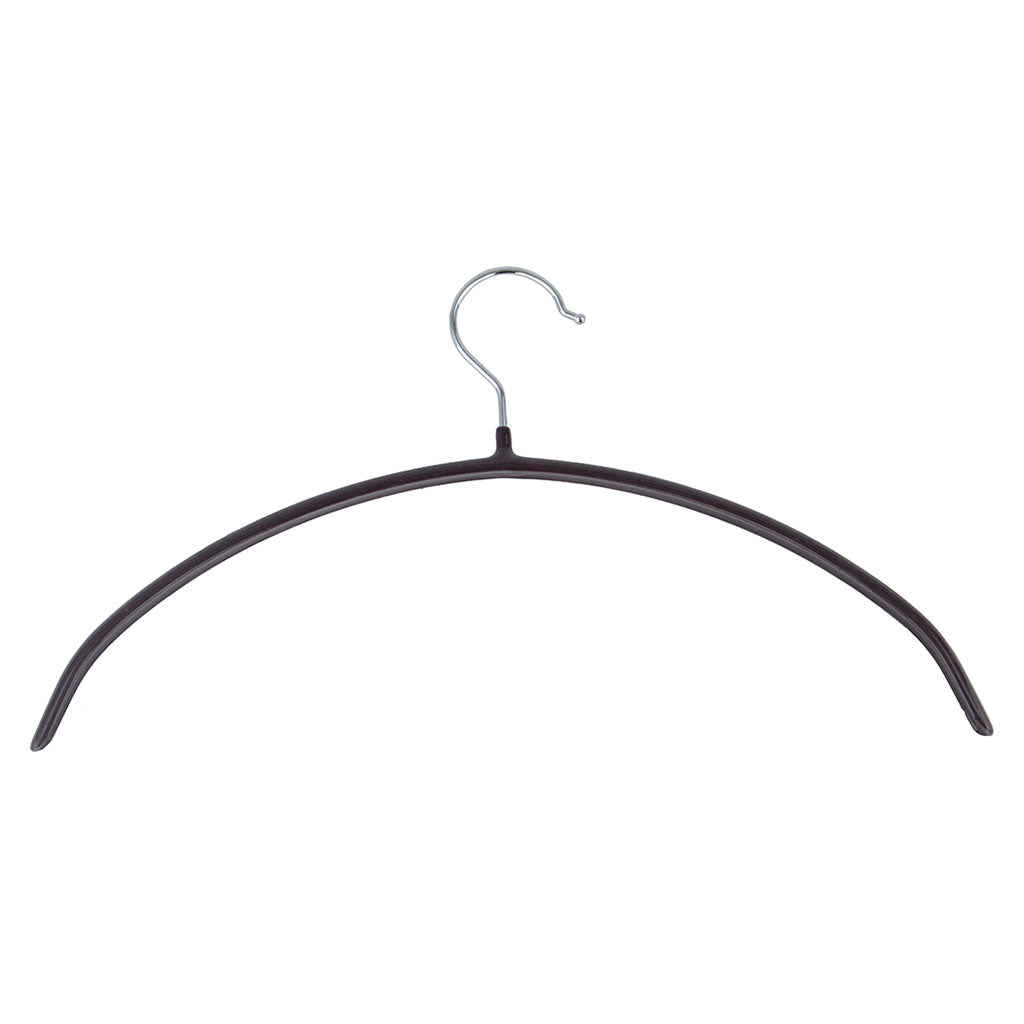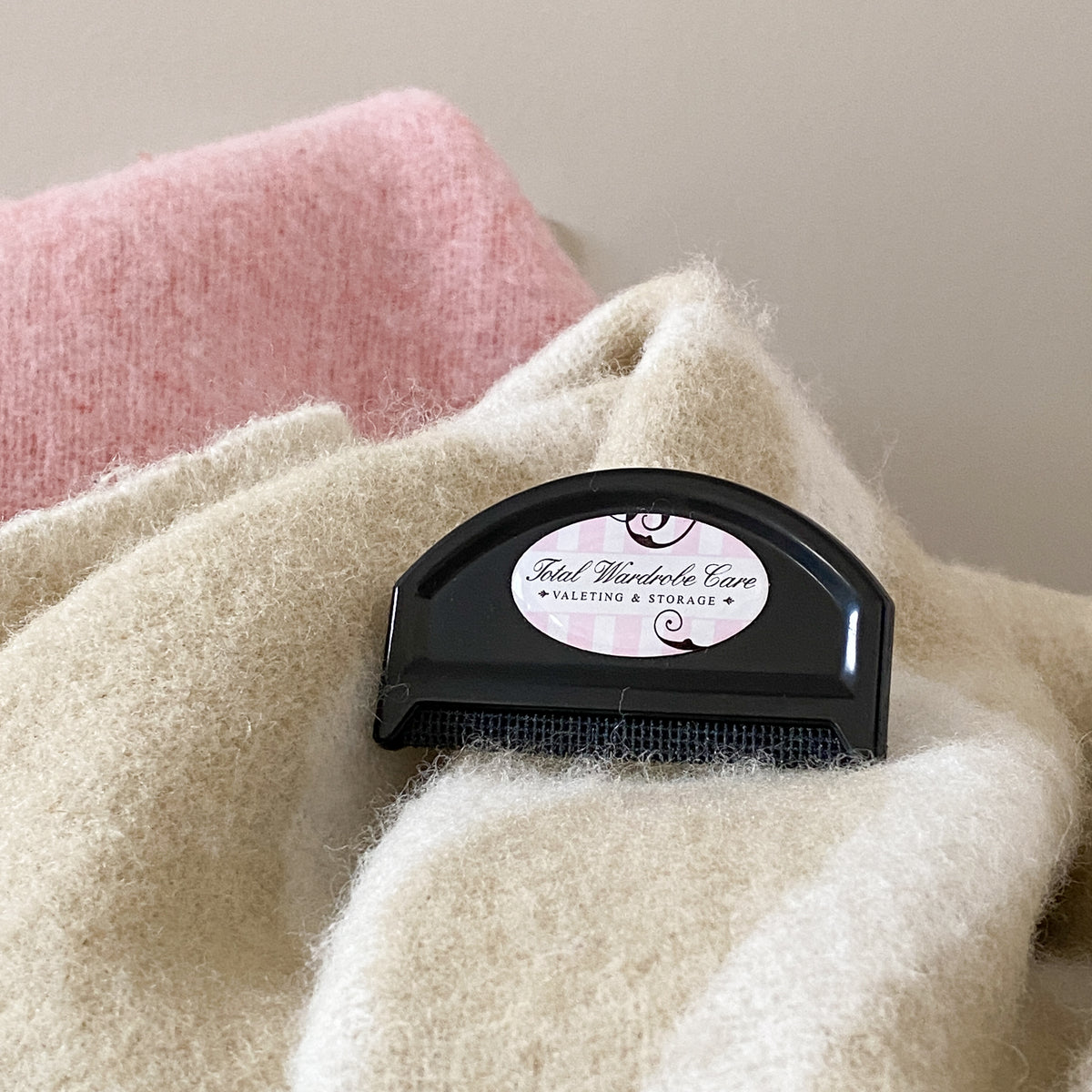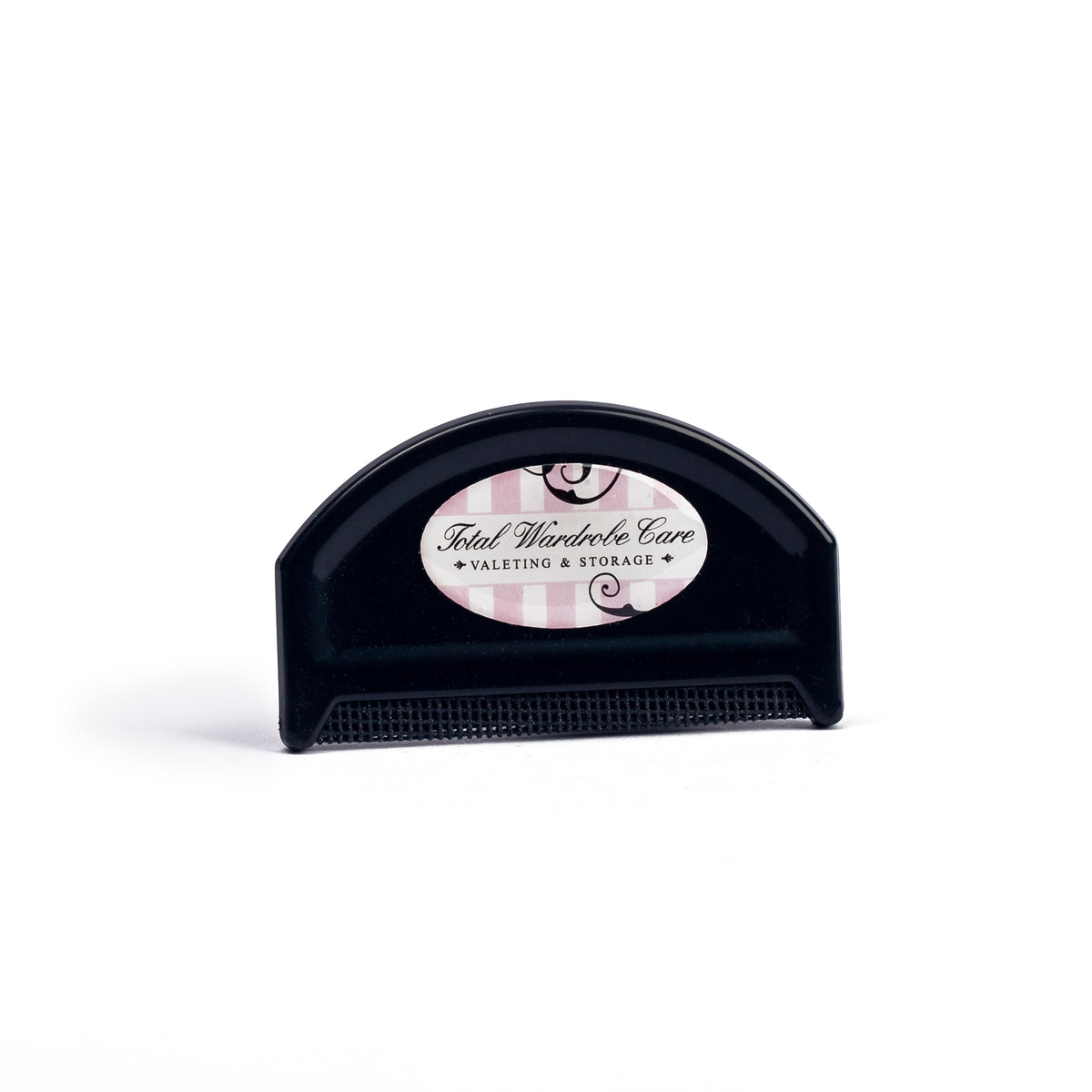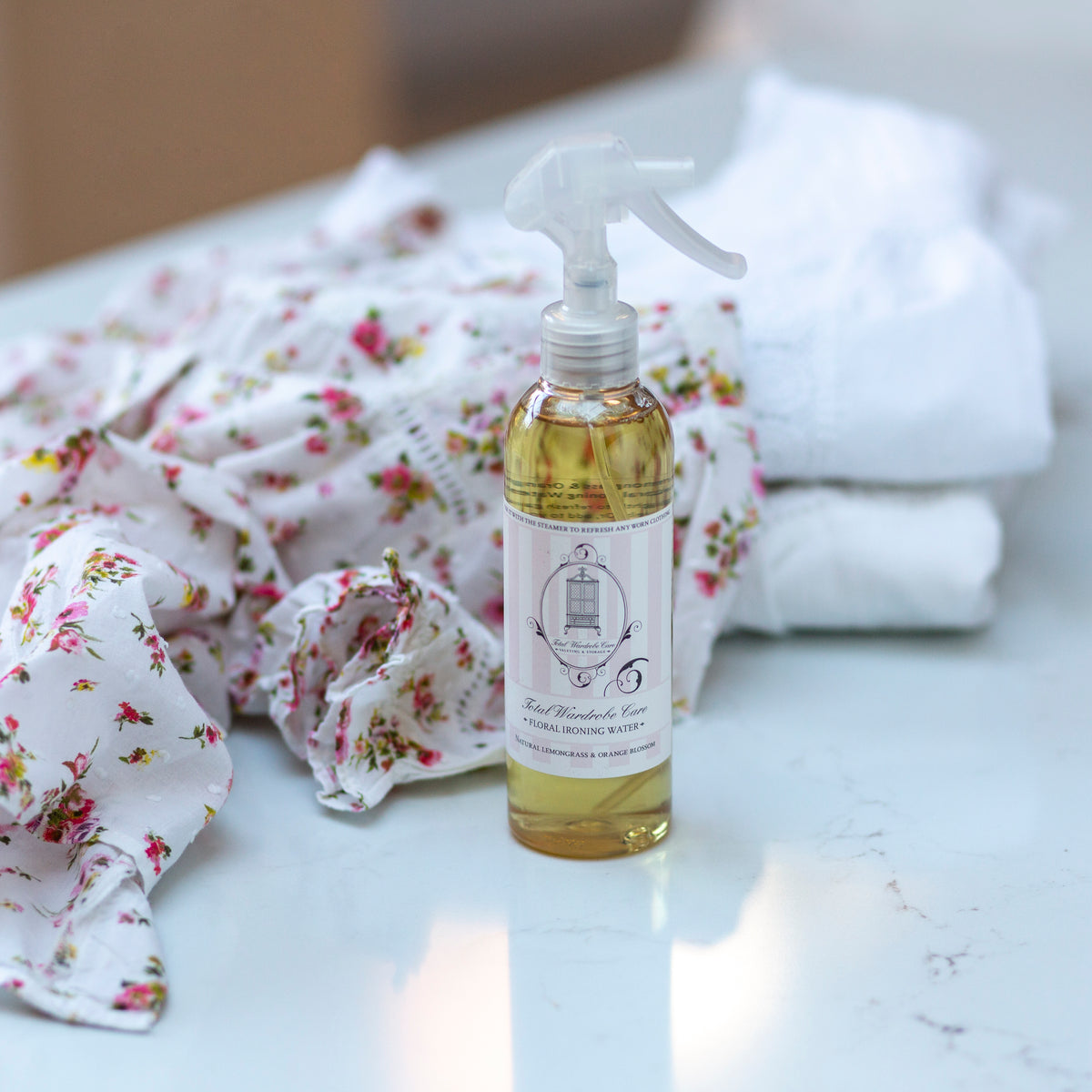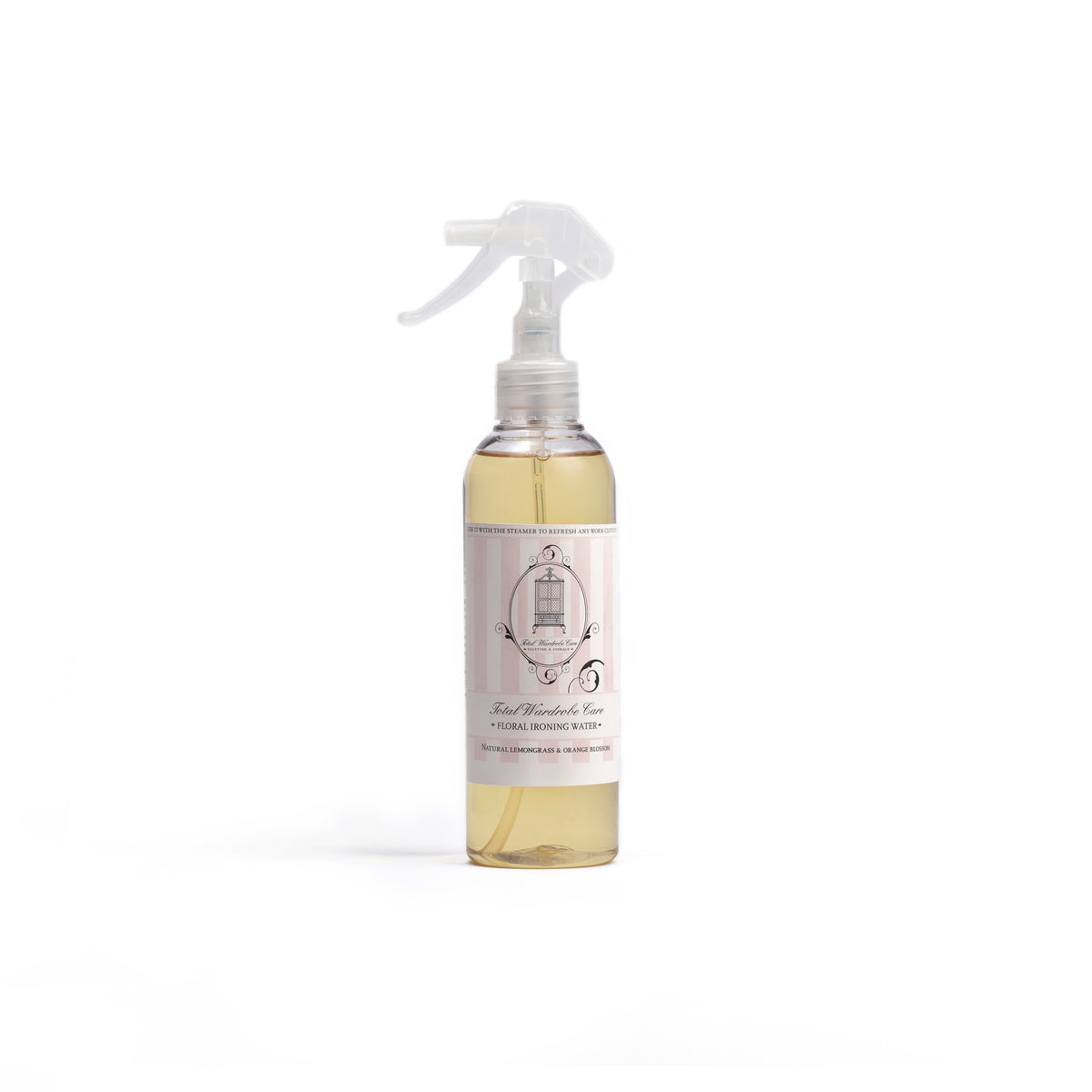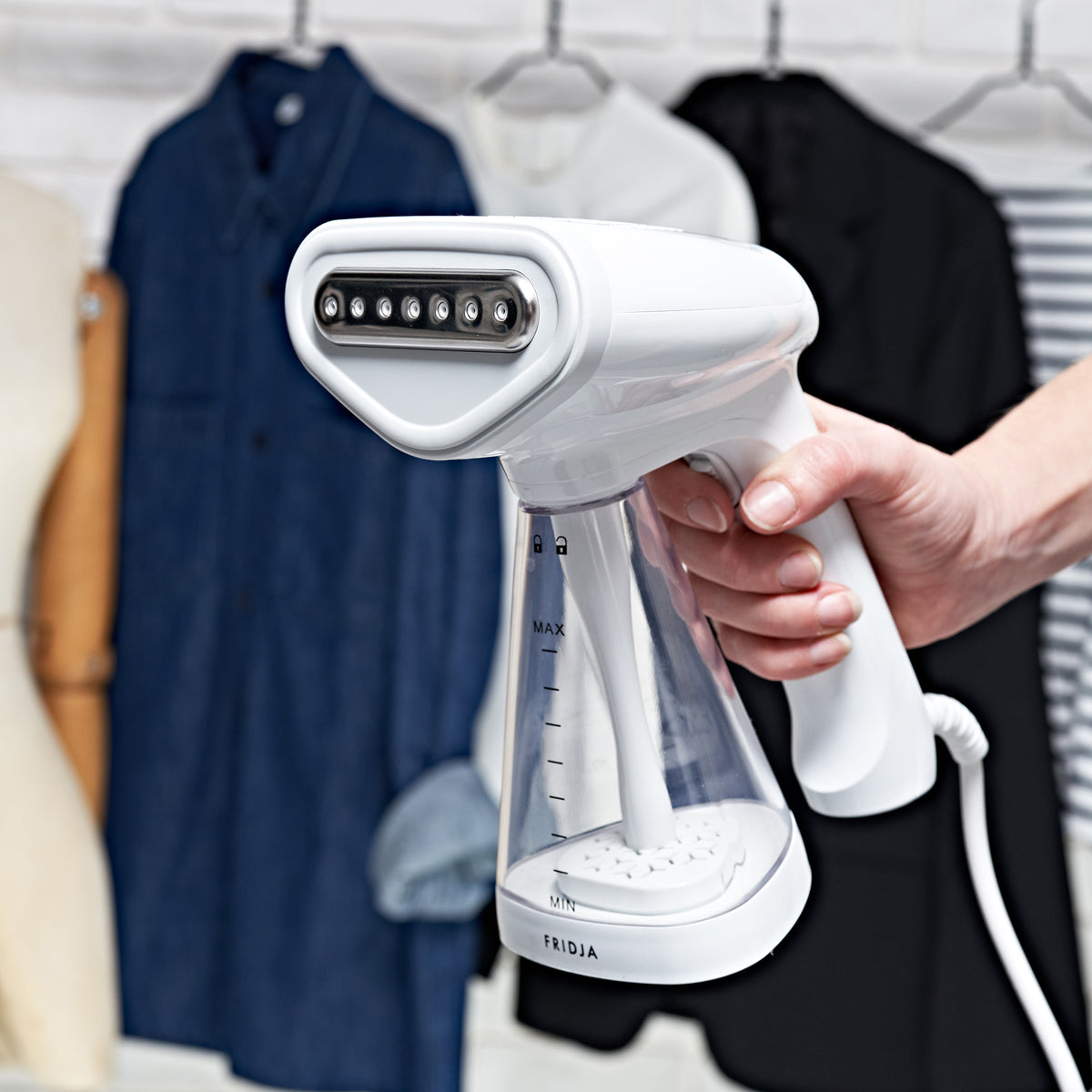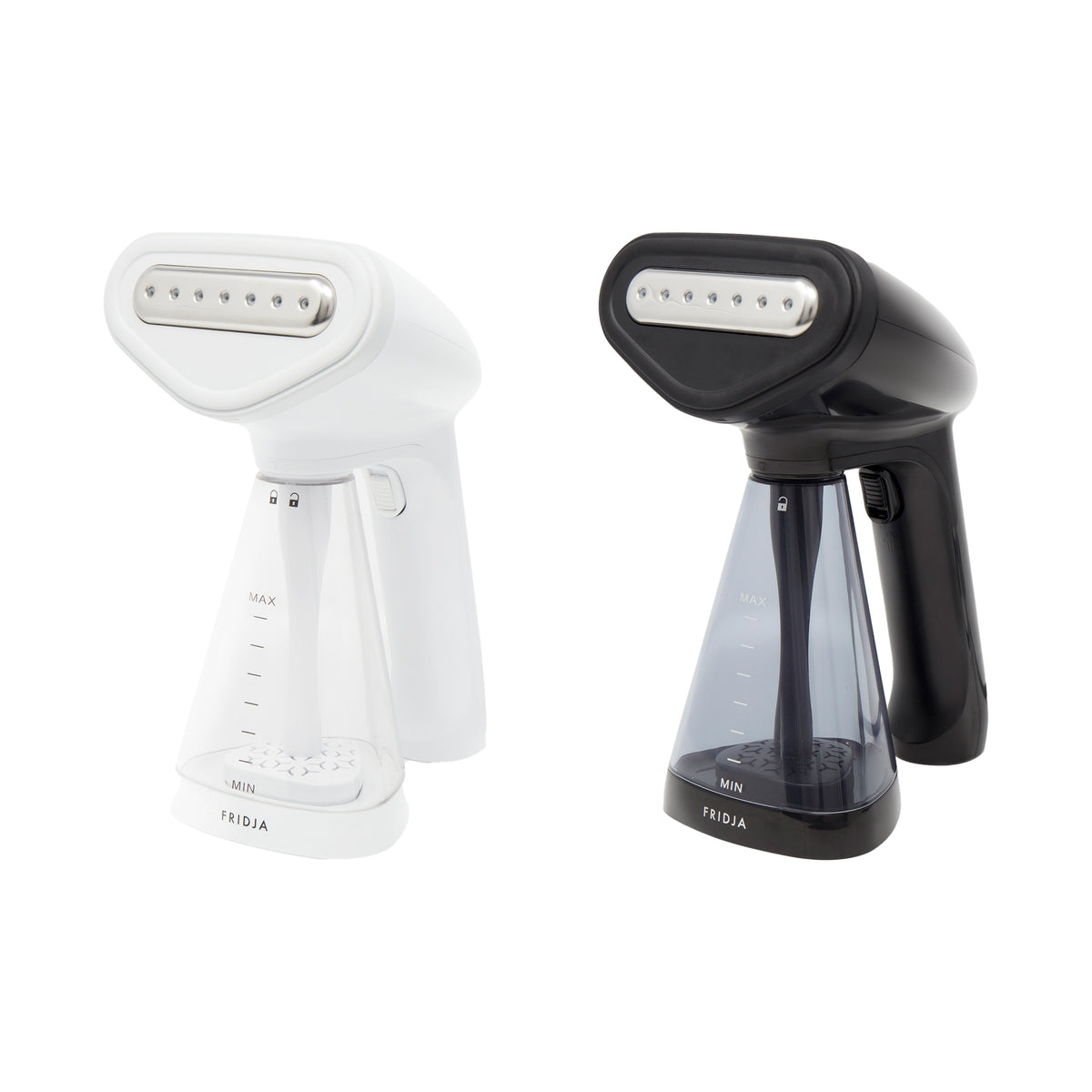We get quite a lot of enquiries from people who have discovered small holes in their tops and t-shirts just around the belt line because they instantly think they have clothes moths. It’s something that everyone in our team here have also noticed in the past few years with our own clothes which is why we think it's important to talk about this. So what’s going on here? Is it clothes moths or something else altogether?
WHAT ARE FRICTION HOLES?
Friction holes are small holes that form in clothing, particularly around the belt buckle area or near the tummy button, due to repeated rubbing of the material against either the trouser button, the belt buckle, the zip or the top corner of the trouser, usually a harder wearing one like a pair of jeans, is the culprit. Add leaning against the kitchen sink or wearing a seat belt to the equation and there you have more friction.
This constant friction leads to the deterioration of the fabric over time, causing it to wear down and eventually develop holes.
WHY DO FRICTION HOLES SEEM MORE COMMON NOW?
Friction holes didn’t used to happen so often so why is that? Well, we have a few theories: The use of natural fibres like cotton, softer wool blends and sumptuous but delicate fabrics like cashmere and silk are more common now. These fabrics are more delicate than man-made fibres such as polyester which in spite of its failings, sure is hard wearing!
We also seem to wear delicate fabrics more for everyday tasks and not just special occasions. In the past, people didn’t put on a silk shirt for work in the office and then come home and cook tea and stand at the kitchen sink in it as well. In fact, people used to look after their clothes so much better than we do now. I can’t picture my Mum without her apron on and among the keepsakes I have from my Grandma are a tabard and a housecoat because that’s what she always wore in the house to protect her clothes from spills and wear!
HOW TO PREVENT FRICTION HOLES IN YOUR CLOTHES
Thankfully we're not going to suggest that we return to the days of polyester but there are things we can do to prolong the life of our clothes and put off those pesky friction holes. Firstly, go back to basics, think about what your best clothes are and whether you should wear them when you’re just in the house doing chores.
If you’re wearing soft cotton t-shirts which are generally made of less hard-wearing blends now a days, then consider wearing an apron or protect them by tucking them in. You can also reduce the harshness of your jeans button by covering it up with a neat silicone cover, which you can find on the internet.
WHAT ARE MOTH HOLES?
Moth holes are small holes that appear in clothing and textiles, often first noticed as tiny holes or thinner patches in fabrics like carpets, curtains, and rugs. These holes are caused by the larvae of clothes moths, which feed on natural fibres such as wool, silk, and cotton. As the larvae grow, they continue to eat away at the fabric, causing the holes to enlarge over time.
The short video below shows Julia, the founder of Total Wardrobe Care’s explanation on moth holes:
HOW TO CHECK IF YOU HAVE CLOTHES MOTH
To check whether moths are feasting on your clothes, it makes sense to start with your wardrobe. Empty everything out to give your clothes a thorough inspection. Focus on items made of natural fibres such as wool jumpers, suits, coats and silk and don’t forget leather and suede shoes and handbags. Clothes moth like dark quiet places to hide in so items that you rarely take out of your wardrobe are more likely to harbour them.
Clothes moths are attracted to sweat and other secretions, so it is important to inspect for holes in susceptible areas such as under the arms, the back of the neck and cuffs, the crotch of trousers and the inside of pockets and turn-ups.
If you’re still not confident in your search then you can use a Moth Box which uses the pheromone of the female clothes moth to attract and trap male clothes moths. Place one under or nearby the wardrobe and check it weekly to see if any moths have been caught.
WHAT TO DO IF YOU FIND SIGNS OF CLOTHES MOTH
If you do find signs of clothes moth you will need to tackle them straight away. Start by throwing away garments that are beyond repair. If items can be repaired then clean them thoroughly first either by hand with our Laundry Liquid or at the dry cleaners. Vacuum your empty wardrobe, taking care to clean all the dust. Consider treating your wardrobe with our Chrysanthemum Moth Spray which kills moths, larvae and eggs on contact.
To further protect your precious clothes and accessories from moth damage, we recommend using our storage boxes with Moth-Repellent Drawer Sachets.
FRICTION HOLES OR CLOTHES MOTHS?
If you spot holes in the belt line of your tops, it is still prudent to check that clothes moths are not the culprit. Firstly, if it is always cotton tops then it is almost certainly not moths because clothes moths are only attracted to animal derived fibres such as wool, silk and leather as these contain the protein keratin which clothes moths feed on. Cotton though naturally derived, does not contain keratin, nor do synthetic fibres.
Secondly clothes moths never repeatedly feast on the same area of your clothes. They feed completely randomly, just wherever the female moth has laid her eggs.
NEED HELP?
If you need help with a full infestation, start by reading our blog, How to Solve a Clothes Moth Infestation and have a good browse around our website for everything that kills, repels and confuses clothes moths. Do not hesitate to Contact Us for specific advice.
Updated: November 2024



